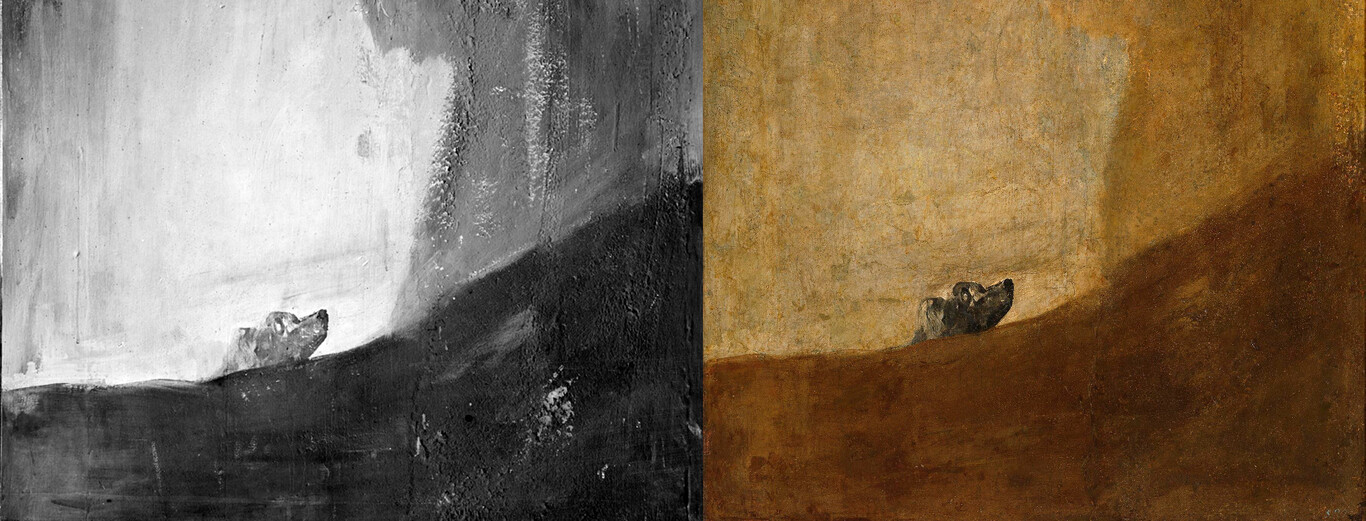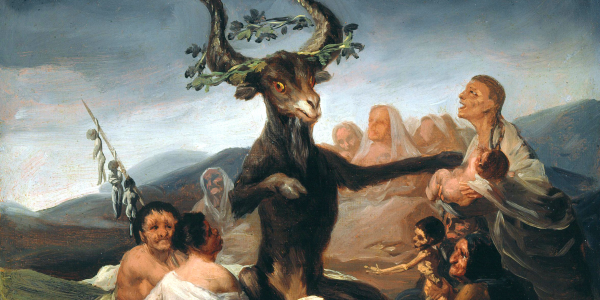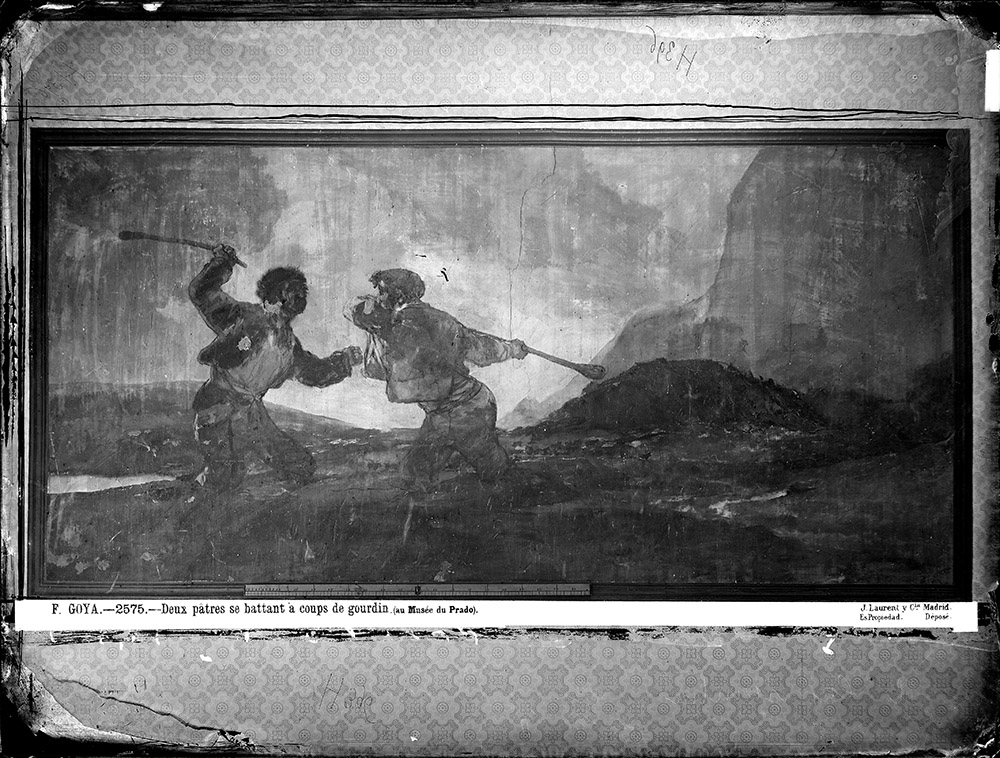
The incredible change in Goya's Black Paintings: they have been repainted
Did you know that the famous Black Paintings of Goya were not painted on canvas, but on the walls of a country house? In this article we tell you how the work of Goya de la Quinta del Sordo went from the wall to the canvas, the strappo and how it has affected the work that we know today.
What are Goya's Black Paintings?
The Black Paintings are a set of 14 works that the Aragonese painter Francisco de Goya performed between 1819 and 1823, shortly before he exiled to France. These are large-format paintings, with dark colors and a dark theme, reflecting the mood of the artist in his last years of life.
Goya painted these works directly on the walls of his country house, called La Quinta del Sordo, located near the Manzanares River, on the outskirts of Madrid. There he lived with his key-keeper and possible lover, Leocadia Zorrilla, and his daughter Rosario. The house received this name because both Goya and the previous owner were deaf.
The Black Paintings were not conceived as a unitary set, but as a personal and intimate decoration for the two floors of the house. Goya left no document on the meaning or title of these works, which have been the subject of multiple interpretations. Some of the most well-known are Saturn eating his son, Duelo a garrotazos, El aquelarre or El perro semihundido.

Detail of El aquelarre, by Francisco de Goya.
These paintings remained in the house until 1873, when Goya's grandson sold the property to a French banker named Frédéric Émile d'Erlanger. He commissioned the restaurator Salvador Martínez Cubells to remove the paintings from the walls and transfer them to canvas using the strappo technique.
What's the strappo?
The strappo is a method that consists of applying a layer of animal tail on the pictorial surface, leaving it to dry and then clearing it carefully, taking the paint layer with it. Then paste this layer onto a new support, usually a canvas or board.
The strappo was an economical technique but also very harmful to the works, as it caused paint losses, deformations and cracks. In addition, the Black Paintings suffered other damage during their transfer to Paris, where they were exhibited in 1878, and their subsequent return to Madrid, where it was donated to the Prado Museum by Baron d'Erlanger in 1881.

Example of the strappo technique during the spoliation of the frescoes of Sijena.
At the Prado Museum, the Black Paintings were restored by Martínez Cubells, who modified some details and filled the holes with new paint. These interventions altered the original appearance of the works and made it difficult to study and interpret them.
The original Black Paintings were very different
Thanks to photographs taken by the Frenchman Jean Laurent in 1873, before the start of the paintings, it has been possible to compare the original state with the present state and appreciate the differences. For example, it has been discovered that Saturn had a more surprising and violent expression, that The Semi-Hunded Dog had more empty space above, or that The Aquarell had more figures in the background.
Laurent faced a difficult task, as he had to move all the equipment needed to take photographs with the wet colodium system, which required pre- and post-exposure chemical preparation. In addition, he had to illuminate the rooms with a new electrical system, as the natural light was insufficient to capture the details of the paintings.

The famous painting 'Duelo a Garrotazos' in its original version did not show men buried.
Thanks to these photographs, we can appreciate the differences between the original and current versions of the Black Paintings, which have been preserved in the Prado Museum since 1881. Some of these differences are:
The format: The original paintings were rectangular or square, with false frames painted by Goya himself. When they were made of canvas, the edges were cut and the corners rounded, altering the composition and balance of the works.
The color: The original paintings had a more varied and rich color range, with tones of red, green, blue and yellow. By passing them to canvas, some pigments were lost and barnices were applied that darkened and yellowed the works.
The color: The original paintings had a more varied and rich color range, with tones of red, green, blue and yellow. By passing them to canvas, some pigments were lost and barnices were applied that darkened and yellowed the works.
Details: The original paintings had more definition and expressiveness in faces, hands, objects and backgrounds. Some elements, such as the candles in El aquelarre, the dog in La romeria de San Isidro or the landscape in La leocadia, were erased or defumed when they were put on canvas.
These differences show us how the process of restoration and transfer altered the appearance and meaning of the Black Paintings, but also reveal the documentary and historical value of the photographs of Jean Laurent, which allow us to approach the original vision of Goya and admire his artistic genius.

The famous Perro Semihundido originally had two birds flying.
The Black Paintings are unique works in the history of art, showing Goya's personal and dramatic vision of the reality that surrounded him. Its transfer to the canvas meant a radical change in its form of presentation and preservation, which has affected its perception and valuation by the public and critics.
We hope this article has helped you to get to know black paintings and Goya, one of the most brilliant and influential painters in the history of art. If you want to know more information about Goya and his work, technical features, data about Renaissance artists and, above all, information about the greatest works of art that houses the Prado Museum in Madrid, we recommend "El Prado Art Guide" already available on Amazon by clicking here.

